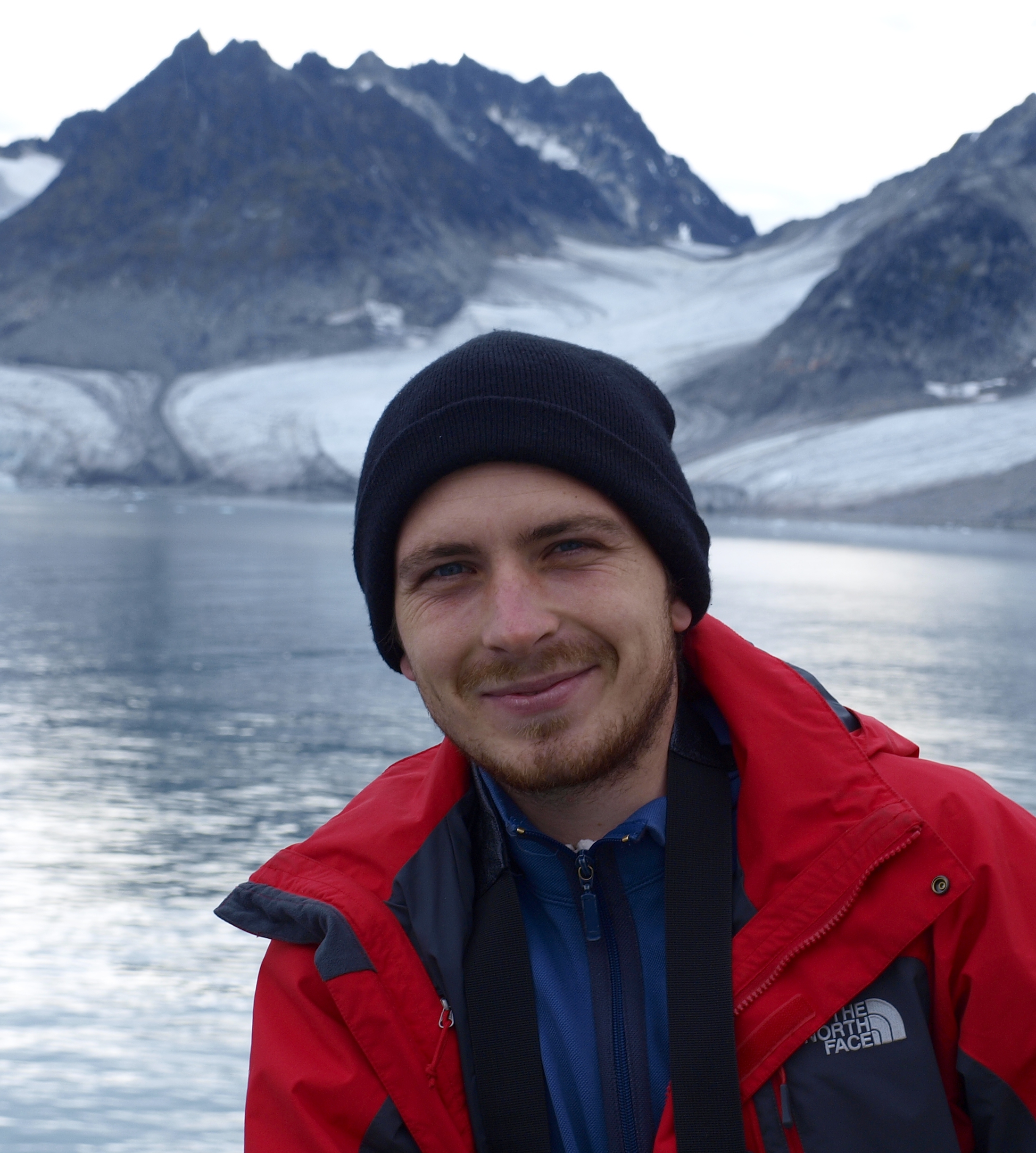ParticipantsDr Maria Włodarska-Kowalczuk (IO PAS)Prof. Hans Petter Leinaas (UiO) Prof. Dag Olav Hessen (UiO) Dr Martin-A. Svenning (NINA) Dr Paul Renaud (APN NIVA) Dr Sławomir Kwaśniewski (IO PAS) Dr Joanna Pawłowska (IO PAS) Prof. Jan Marcin Węsławski (IO PAS) Dr Katarzyna Błachowiak-Samołyk (IO PAS) Barbara Górska (IO PAS) Dr Piotr Kukliński (IO PAS) Dr Joanna Legeżyńska (IO PAS) Mikołaj Mazurkiewicz (IO PAS) Joanna Piwowarczyk (IO PAS) Dr Anna Stępień (IO PAS) Dr Emilia Trudnowska (IO PAS) Dr Marek Zajączkowski (IO PAS) Krzysztof Zawierucha (University in Poznań) Kristian Alfsnes (UiO) Dr Magdalena Łącka (IO PAS) Dr Agata Zaborska (IO PAS) Partner Institutions:IO PAS - Institute of Oceanology of the Polish Academy of SciencesUniversity of Oslo (UiO) Akvaplan-niva (APN) Norwegian Institute of Nature Research (NINA) |
 Krzysztof Zawierucha
Krzysztof Zawierucha
Krzysztof Zawierucha is a PhD candidate in the Department of Animal Taxonomy and Ecology at Adam Mickiewicz University in Poznań (Poland). His main interest are water bears (Tardigrada), particularly their taxonomy, biogeography and ecology. His BSc thesis focused on the taxonomy and fauna of tardigrades in Revdalen (Hornsund, Spitsbergen). For his MSc thesis he worked on the distribution of tardigrades in the altitudinal gradient in Hornsund area (Spitsbergen). His PhD project concerns the ecology and biogeography of tardigrades of Svalbard. He is especially interested in the influence of seabird guano on the tardigrades assemblages as well as the influence of climate changes on tardigrade distribution. Additionally he is interested in the cryoconite holes and fauna inhabiting glaciers. He received a Bachelor of Science Degree and Master of Science Degree in biology at Adam Mickiewicz University in Poznań (Poland) in 2011 and 2013, respectively. In the DWARF project he will be involved in the Work Package 2 (Terrestrial Fauna). In the DWARF WP2 he will focus on changes in body size as well as changes in taxonomically important traits in populations of selected Tardigrada species as a response to the thermal/latutidinal gradients from temperate Norway to high Arctic localities.
|





